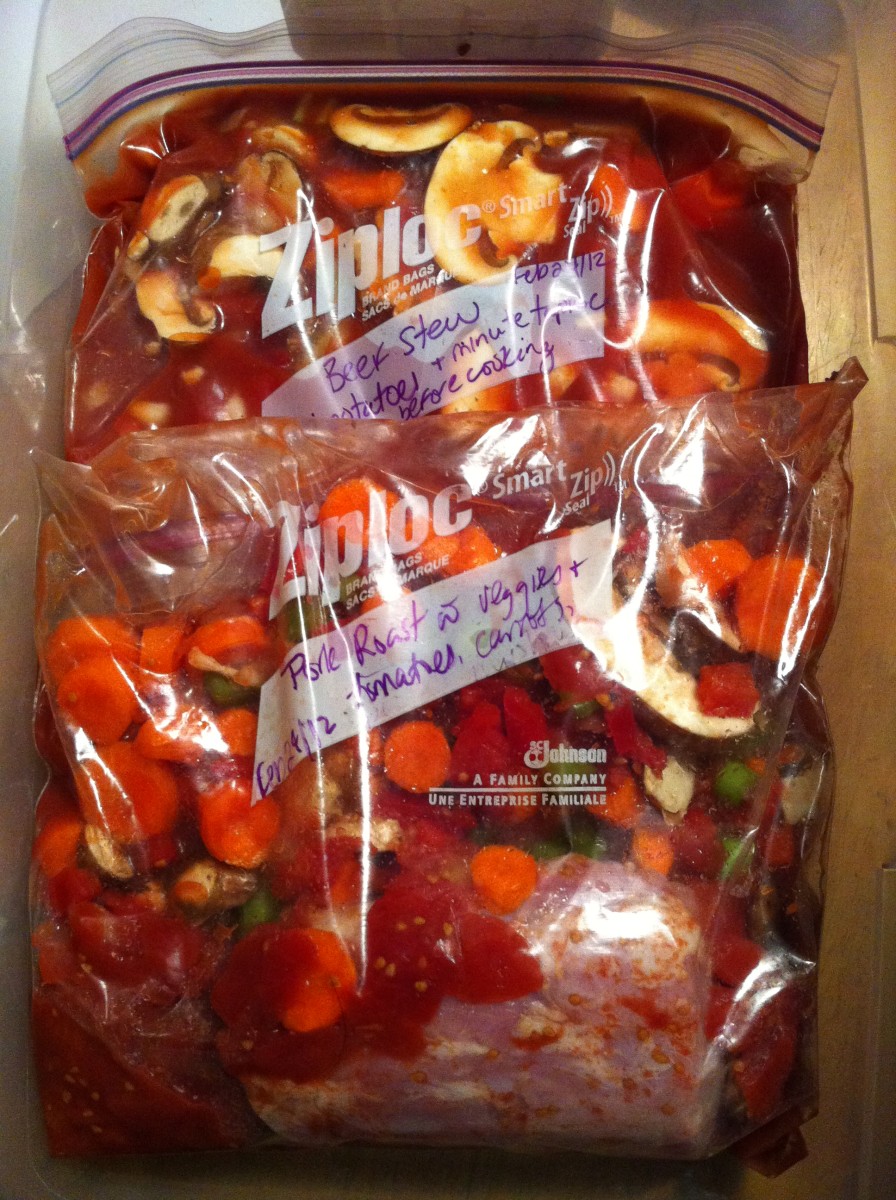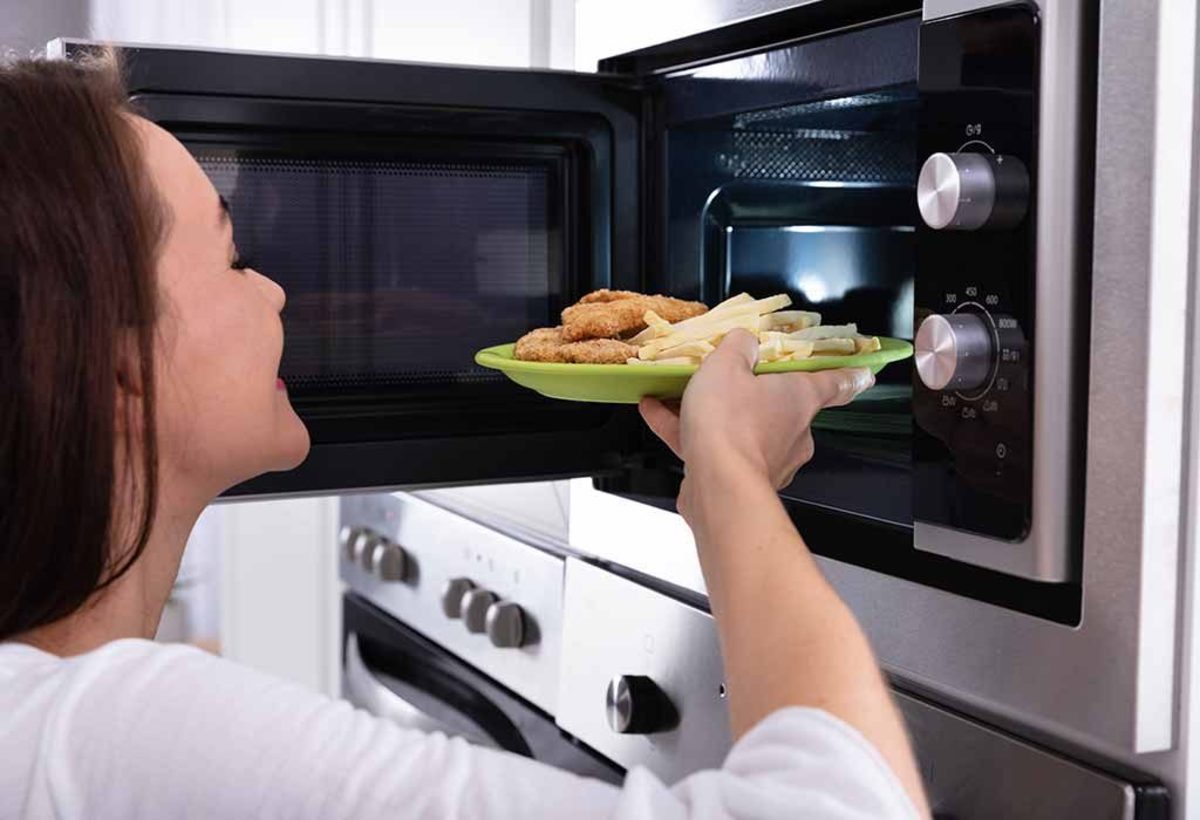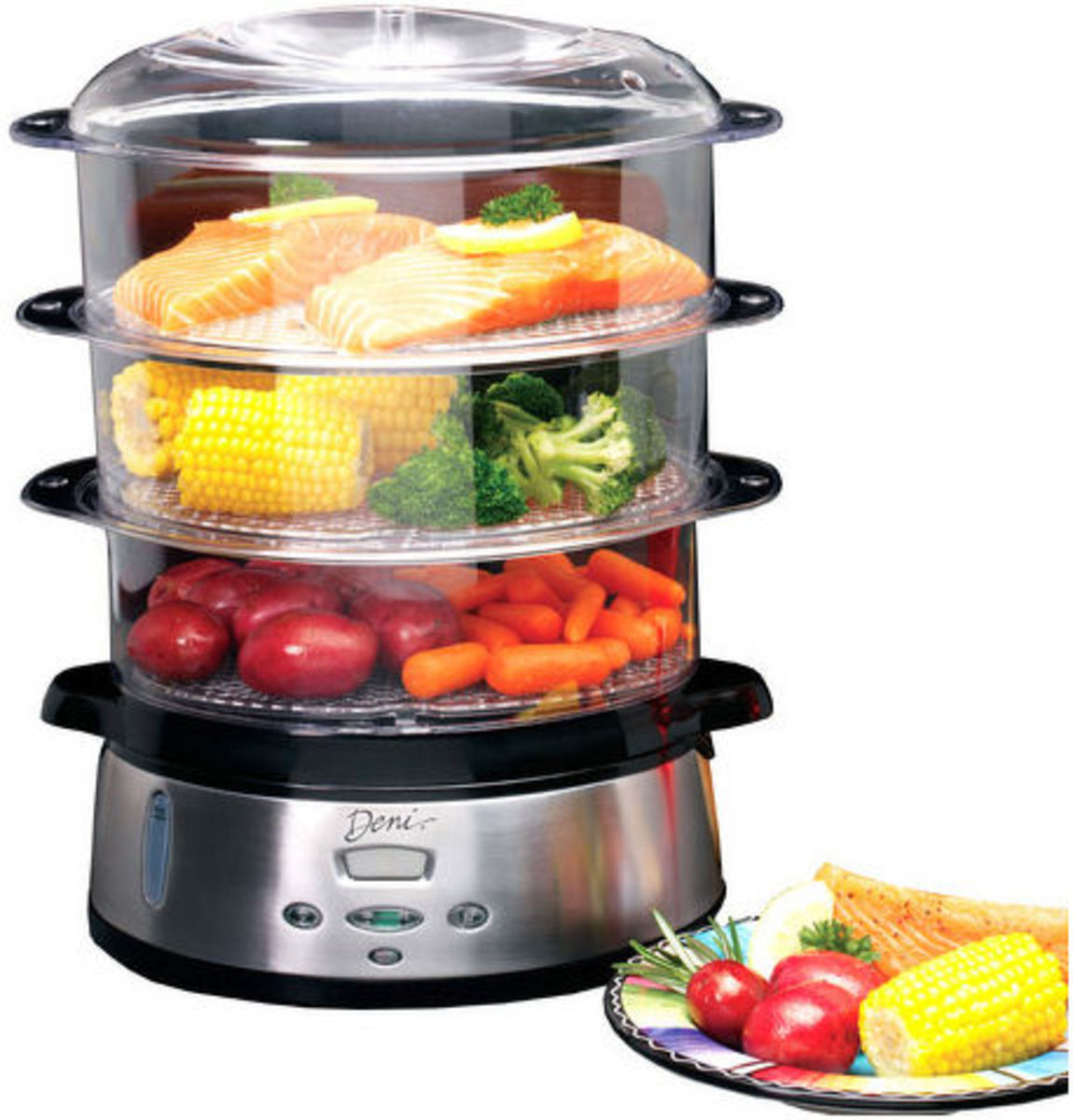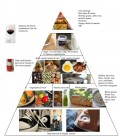How to Have Happy Healthy Meals

Recipe Card:
How can we have happy, healthy meals? It might be easier than you think. Start with an essential ingredient, family. Research has shown that families that sit down for meals together without the added distraction of digital devices eat less and are much healthier.
Families that sit down for dinner without any added distractions from electronic devices such as radio, television, or cell phones at least five nights a week are happier and healthier. Take this time to make conversation and catch up with the family.
Scheduling meal times at the same time every night also helps to aid in proper digestion and prevent overeating.

Licenced Dietitian; Becky Hand
A licensed Dietitian, Becky Hand, lists eight reasons families should try to eat at least five to six meals a week together. The first she says is that it opens up the lines of communication. Conversations during meal times provide:
- Excellent opportunities for family bonding.
- Planning other events that the family would be interested in doing.
- Reconnecting.
She adds that family meals foster warmth, security, love, and a feeling of belonging.
Her second reason is that it is at the family table that young children and teens pick up on good manners, and manners are essential in life. You get a lot further in life with good manners, and these are things that you learn more from your parents than anyone. She adds that mealtime is crucial because you learn proper etiquette and social skills. She suggests keeping the mood light and relaxed; this is a loving environment, and children pick up more from a friendly atmosphere than a hostile one.
Number three involves trying different foods. By testing out different tastes at home, your child will once again know how to react when offered something unique or different away from home—giving children a chance to try new foods without feeling forced or coerced. Hand emphasizes you don't bribe your kids into trying something. Instead, use a little encouragement by adding new foods to already family favorites, and be patient; it may take ten or more times being offered the food before your child accepts. Remember that trying new foods is like starting a new hobby; it gives the child a chance to expand their knowledge, experience, and skill.
Her fourth reason is nourishment; foods made from scratch at home will be healthier than fast food or takeout. However, part of this will fall on you, the parent. You have to buy lots of fresh fruits and vegetables, including dairy and protein, and finally, avoid processed foods whenever possible.
You should also avoid cooking with salt and keep away from fried foods since they are not good for you.
Reason five involves being self-sufficient, teaching children to plan and prepare meals, and basic cooking, baking, and food preparation skills. Children involved in the cooking process are more willing to try new foods. Unfortunately, most children who eat at fast food restaurants do not see the cost of cooking a homemade meal. It can be a fun and rewarding experience to involve your children in making the grocery list, shopping, and preparing meals. This will teach them how to budget, how many items to buy, and how to prepare food.
Her sixth reason has to do with preventing destructive behavior. Research has suggested that teens and pre-teens who eat frequent family dinners are less likely to smoke, drink, or do illegal drugs. Eating together five nights a week reduces risky behavior, then only eating together one or two times a week. Her seventh reason is that families who eat together also score higher on standardized tests in school. Dinner time is an excellent time to talk to your children about any issues they might be facing in their schooling and work them out together. It builds unity and teamwork.
Her final reason is one that we all could agree with right now: eating at home as a family saves money. By making the same meals for all members of the family, you are going to save money. Eating at home is just more economically responsible.

Proper Shopping
The next step is to train yourself in good shopping. If the item is not in the house, then you cannot eat it. Reading labels is a lot easier than most people think, and in some cases, it is as simple as purchasing brown rice instead of white rice.
When buying flour, rice, or other grains, you want to purchase 100% whole grain items. Otherwise, you are buying something that has all the nutrients removed and then artificial nutrients placed in it. If a loaf of bread reads 100% Whole Wheat in the name, then it is a good bet that the first ingredient will be whole wheat flour. However, it doesn't hurt to get into the habit of checking ingredients anyway.
Involving the children in the shopping experience can be a positive and rewarding experience. For Preschoolers, it is an excellent time to work on basic math skills as you count the number of items you put in your cart. With older children, you can explain why some items are healthier and discourage them from eating unhealthy things by not purchasing them, but at the same time, explain why you aren't purchasing them. As your children mature, it is also good to start teaching them how to buy the right foods for their homes someday.

Getting Involved
After the shopping experience, get your children involved in the cooking. Some excellent cookbooks are specifically for children, and many give age-appropriate assignments, including having Preschoolers tear lettuce, cut bananas, and set the table. Children can mix the batter, measure and pour liquids, or peel vegetables. Teenagers can chop, dice, and help with the cooking, including baking or using an outside grill. Working together puts the meal on the table faster and makes everyone feel responsible for the outcome. Giving everybody a sense of "ownership" of the meal is the first step in creating healthy eating habits which will last a lifetime.
Some More Links to Eating Healthy
- Healthy eating tips for kids
Kids are smart. Allowing them to participate in the family meal planning goes a long way in teaching them healthy eating habits. - A Primer On Healthy Eating for Kids- Tips for a Bala...
Got a picky eater and wanting a balanced diet for your children? Read this primer on healthy eating for kids. Learn some ways to encourage your kids to eat healthier foods. Simple, fun and educational ideas for parents and teachers, too! - Healthy Diets - Healthy Eating for Kids
Children are more harmed by poor diet in our world than by exposure to drugs and alcohol and tobacco. Healthy eating habits for kids makes a huge impact... - How to Raise Kids with Healthy Eating Habits
This is one of those horrible areas where we simply must lead by example! Yes, if you want to raise kids to have healthy eating habits, you've got to eat healthy yourself. And no, you don't have to cut cheese... - A Guide to Healthy Eating During the Holidays
The holiday season is in full swing and it can seem like weeks on end of non-stop pigging out on junk food. Food is such an important part of any celebration while enjoying the seasonal festivities. If you... - Healthy Eating Habits for Kids - Help Your Children ...
Get your kids to love eating healthy! Learn how to develop healthy eating habits and see tips for healthy childrens diets... - Dr. Sears on Healthy Eating For Kids - Grow Foods
Dr. Sears believes that a healthy diet should be less threatening to people, and he has reduced what he has learned about nutrition into Nine Simple Steps. Read on to find out how to get your kids to eat a healthy diet...
This content is accurate and true to the best of the author’s knowledge and is not meant to substitute for formal and individualized advice from a qualified professional.
© 2010 Rachel Woodruff








